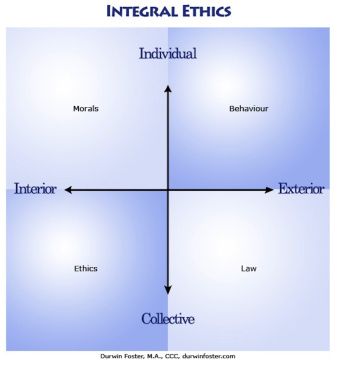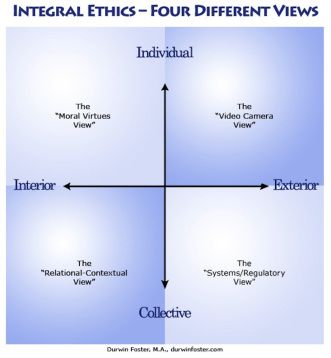Paradise comes from the Greek paradeisos, “surrounded by walls”. In Madonna Laboris Mary labors in seclusion at the borders of Paradise, providing her scarf for souls to ascend behind its walls. “All day long I watch the gates of Paradise; I do not let anyone in, yet in the morning there are newcomers in Paradise,” Saint Peter complains to the Lord. The Lord and Peter make night rounds and see Mary with her scarf and the Lord bids Peter to “let (Mary) be”.
Attribution: Bonhams
Nikolai Konstantinovich Roerich (Russian, 1874–1947)
Madonna Laboris
signed with monogram and dated ‘1931’ (lower left)
tempera on canvas
84 x 124cm (33 1/16 x 48 13/16in)
That paradise means surrounded by walls rather than walls being something that surround paradise is particular. Paradise as adjective instead of paradise as noun. You can go to a place that is paradise, but you cannot go to paradise.
Many things in today’s world are surrounded by walls and we would not call them paradise. But if we were good students of etymology we would.
What does it mean to be paradise? Each time we enclose space, are we making paradise? The Earth then is paradise contained in a permeable wall of satellites …
The walls of paradise in Madonna Laboris are permeable too, perhaps in only one direction, although according to Christian mythology we know at least two who got out. Well, three, the third making his own paradise elsewhere (seen at the bottom of Madonna Laboris).
The epidermis, enclosing the body — paradise. Each cell with its membrane, paradise. Time with its calendar, also paradise.
Indeed there is a permeable quality to the walls of paradise, certainly paradise contains, but its boundaries also allow a passage through.
It becomes hard not to find that everything everywhere is somehow enclosed and by virtue of its enclosure would therefore be paradise. Is this perhaps how an adjective became a noun? Paradise describes everything and in describing everything it must then be everywhere, and so, logically follows the notion of place.
For what purpose did humans develop language? We say for communication but to communicate about what? In the beginning it must have been to direct the self toward a form of knowing that was not exactly knowledge, but an intention to generate specific referents for what was known.
Remembering, not romantically, that in the past, approaches to language, space and context were in the main more nuanced and reflective of a cosmic appreciation of reality — certainly that is not too far fetched a generalization. Seeing the enclosures and enfolding in space and maybe time, did some philosopher or scientist or religious man (perhaps embodied all in one man) observe his world and the boundaries within it natural and otherwise that gave space contour and distinction and did he then name space by its boundaries since those boundaries defined and helped to give meaning to space itself? The boundaries acting as a form of knowing.
Is paradise the original meme for all space/time and is that why today we conflate adjective and noun — paradise as definer of place and also place itself.
When Peter says he guards the boundaries of paradise and yet nonetheless there is passage across them could it be because the boundaries are only the markers of space. Maybe that is what the Lord hints at when he tells Peter to let things be.
Linked to paradise is salvation. Borrowing from Christian mythos again, we know in the apocryphal literature Jesus said (paraphrase) there is no sin, only those who commit acts we call sinful. Like paradise, a boundary potentially pointing to expansive space, salvation referents a condition of already being saved. As walls define the details of the space-time paradise, salvation notes the barriers to what is already a sacred state.
Here on Earth surrounded in space by space technology, the medium is the message and the message is the medium (Marshall McLuhan and Yoko Ono). To extend the analogy of media into all information: the materials and spaces through which we exist inform the condition of that existence while simultaneously that which exists and is conveyed becomes the vehicle of transmission itself.



